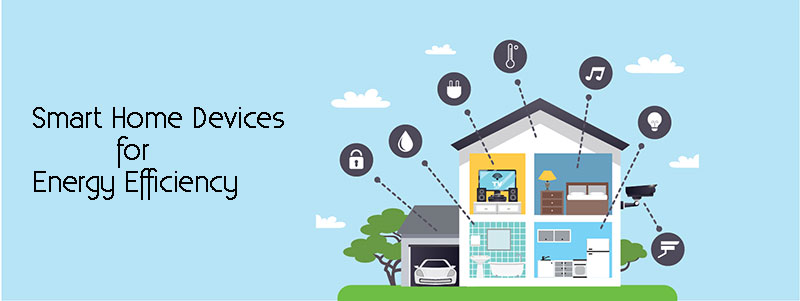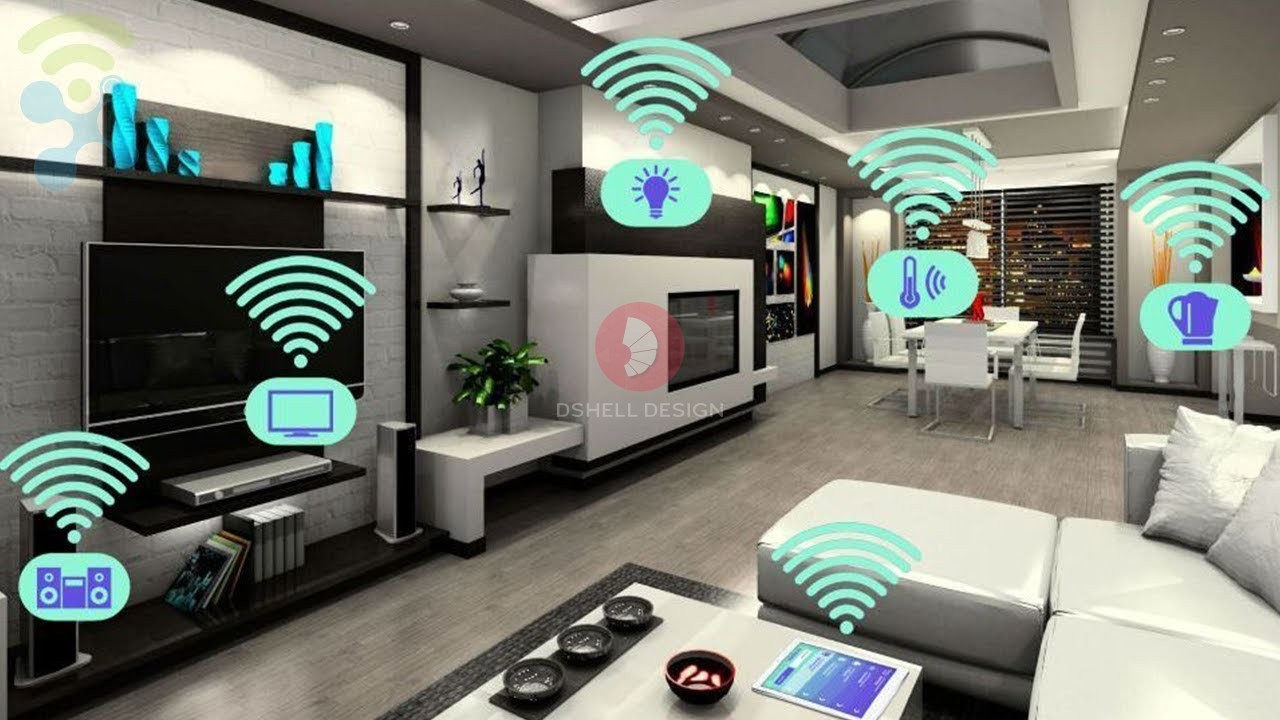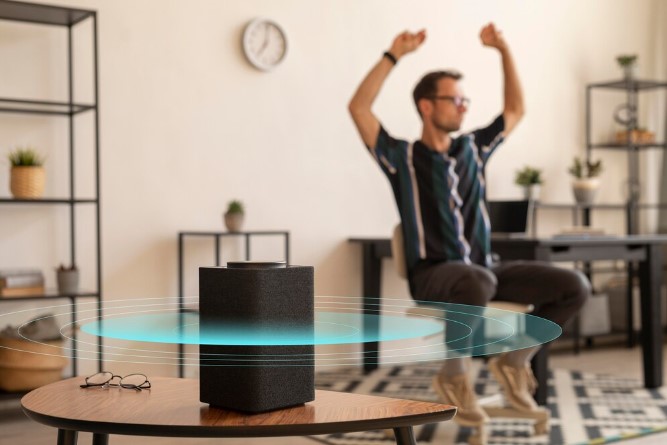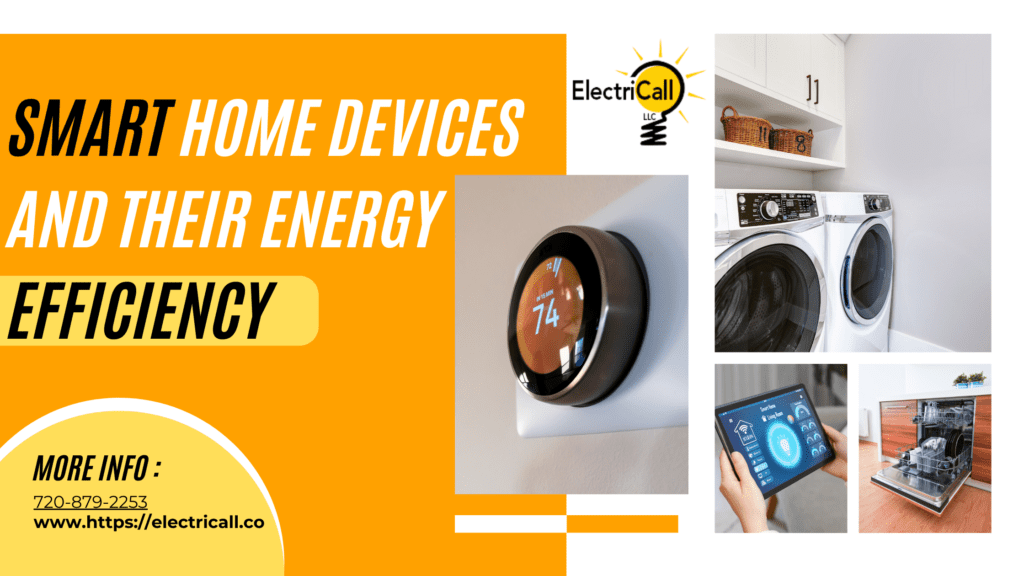Maximizing Efficiency: A Comprehensive Comparison Of Smart Home Devices

In today's fast-paced world, smart home devices are becoming essential for homeowners looking to enhance energy efficiency. These innovative technologies allow us to automate tasks, reduce energy consumption, and create a more comfortable living environment. This article will provide a comprehensive comparison of smart home devices for efficiency, focusing on their benefits, key factors for comparison, and the top devices available today.

Introduction to Smart Home Devices
Smart home devices are internet-connected gadgets that enable homeowners to control various aspects of their home remotely. From smart thermostats that learn your temperature preferences to intelligent lighting systems that adjust based on your activities, these devices play a significant role in home automation. The relevance of these technologies lies in their ability to improve energy efficiency, leading to lower utility bills and a reduced carbon footprint.
Home automation not only enhances convenience but also provides valuable insights into energy usage. By understanding how and when energy is consumed, homeowners can make informed decisions that lead to greater savings.
Benefits of Smart Home Technology
Smart home technology offers numerous advantages, especially when it comes to energy savings and convenience. Here are a few key benefits:
- Energy Savings: According to Energy Star, smart thermostats can save homeowners an average of 10-12% on heating and cooling costs. This translates to significant savings over time.
- Convenience: With remote access via smartphone apps, users can adjust settings from anywhere, ensuring optimal energy usage even when they're not home.
- Integration: Many smart devices can work together seamlessly, creating a connected home environment that enhances efficiency and comfort.
For instance, a smart thermostat can communicate with smart blinds to reduce heating or cooling needs based on sunlight exposure. This integration maximizes efficiency and minimizes energy waste.

Key Factors for Comparing Smart Home Devices
When evaluating smart home devices for efficiency, consider the following criteria:
- Energy Efficiency Ratings: Look for devices that have received certification from reputable organizations, such as Energy Star.
- User-Friendliness: Ensure the device is easy to install and use. A complicated setup can deter users from maximizing its potential.
- Compatibility: Check if the device integrates well with existing home automation systems. Compatibility with popular platforms like Google Home or Amazon Alexa can enhance overall functionality.
- Features: Consider additional features that may contribute to efficiency, such as energy monitoring capabilities or scheduling options.
Using these criteria will help you make informed comparisons and choose the best smart home devices for your needs.
Top Smart Home Devices for Energy Efficiency
Here’s a detailed comparison of popular smart home devices that stand out for their energy efficiency:
1. Smart Thermostats
Pros:
- Learn user habits to optimize heating and cooling.
- Remote access through mobile apps.
Cons:
- Initial cost can be high.
Example: The Nest Learning Thermostat can save homeowners around 15% on heating and cooling costs.

2. Smart Lighting
Pros:
- Energy-efficient LED technology.
- Ability to schedule lights and control remotely.
Cons:
- Requires a smart hub for full functionality.
Example: Philips Hue smart bulbs can be programmed to turn off when no one is home, conserving energy.
3. Smart Plugs
Pros:
- Monitor energy usage of plugged-in devices.
- Schedule on/off times to reduce standby power consumption.
Cons:
- Limited to devices that plug into outlets.
Example: TP-Link Kasa Smart Plug allows users to turn off devices remotely and monitor energy consumption.
4. Smart Security Systems
Pros:
- Enhanced security can lead to reduced energy waste (e.g., lights turning on when movement is detected).
Cons:
- Monthly subscriptions for monitoring services.
Example: Ring Security Cameras can be set to operate only when needed, saving energy while maintaining security.
Conclusion: Making the Right Choice
In conclusion, smart home devices for efficiency provide an excellent opportunity for homeowners to save money and energy. By understanding the benefits of these technologies and considering key factors for comparison, you can make informed choices that suit your lifestyle and needs.
Before investing in smart home devices, evaluate your specific requirements and the features that matter most to you. With the right devices, you can maximize energy efficiency and enjoy the conveniences of a connected home. Start exploring your options today and take the first step toward a more efficient home!